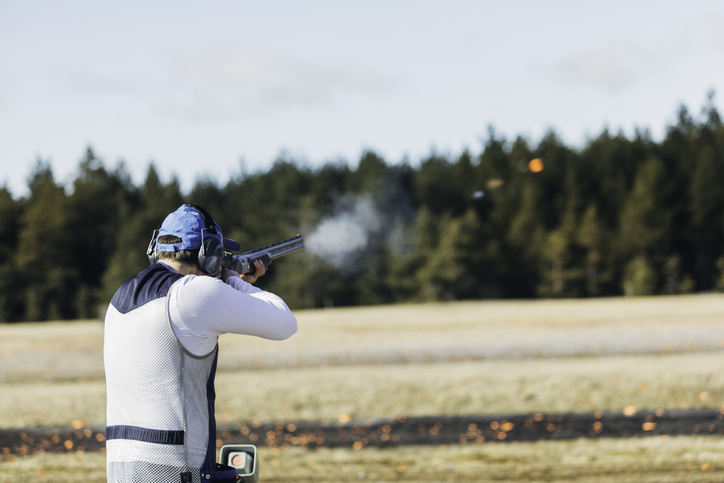Gun Club & Shooting Range Liability
Naturally, there are inherent risks to operating a facility that deals exclusively with weaponry of any kind. The most common type of claim from a shooting range is a slip or a fall, but self-inflicted gunshot wounds are frequent. A proper insurance plan is non-negotiable to running a successful and safe gun club, shooting range, or other firearm-related business.
Gun Club & Shooting Range Insurance Costs
Firearm businesses require insurance, perhaps more than most businesses, and the costs can reflect that. Any business is going to need a general liability policy, usually for $1 million or $2 million a year, which amounts to several hundred dollars a month. Different situations can add to that cost, such as selling firearms and ammunition, as well as offering a range. A knowledgeable insurance agent would be able to work with any group needing assistance.
Shooting Sports Insurance Programs
Not every firearm establishment is the same, and each needs to be sure of its unique needs addressed by its insurance provider.
Shooting Ranges
An outdoor shooting range carries some apparent liabilities; injuries or even deaths caused by misfire top the list right away. An outdoor range is more wide open than an indoor range; a good insurance plan will cover losses, and work with the gun range to develop reliable safety measures.
Indoor Gun Ranges
Indoor gun ranges are similar in many ways. One risk here is of those new to the sport being more likely to come to an indoor range to try it out. This dynamic makes the risk of self-inflicted injury rise. An insurance plan will ensure there are appropriate waivers in place, as well as covering any claims.
Trapshooting
Trapshooting, or shooting at launched target away from the shooter, carries some of the same risks as an outdoor gun range. One thing to consider with trap shooting is lead pollution. When shells and other debris are left on the ground, it can get into the soil and cause an environmental issue that could cost the owner dearly.
Retail Gun Stores
Gun stores face a separate set of risks. There is the risk of being held potentially liable for inadequate precautions taken when selling a firearm or ammunition. Or if the “smash and grab” theft technique, someone smashes a car into the storefront and makes off with the product. These all need appropriate coverage.
Clay Shooting
Clay shooting launches the targets from closer to the shooter, typically. This dynamic brings up the attendant risks of someone being hit with the launcher, or any other injury not directly gun-related. Even problems in the parking lot can be an issue. Clay shooting establishments require a solid general liability policy, beyond the bullets.
Best Gun Club Insurance Programs
Sage Underwriters are a prominent specialty program underwriter specializing in gun club insurance programs. They know how to navigate different state laws surrounding workers' compensation and determine precisely what is required to minimize risk. Follow our blog to get updates on available Sports Shooting programs.

